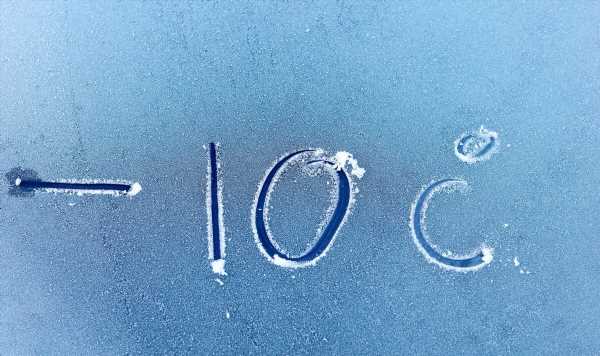Drivers can eliminate frosty car windows with an overlooked ‘water bottle’ tip
Clearing frosty car windows adds extra time and stress to morning commutes, but removing one item from your vehicle before parking it overnight lessens the likelihood of this inconvenience.
Motorists may leave water bottles in their cold car to return for an icy drink later, but this seemingly innocent action facilitates ice formation on your window’s insides.
This phenomenon stems from the interaction between cold temperatures and moisture in the air and inside your vehicle, CarCovers.com reports.
In other words, a rapid cool-down effect occurs when warm air in your cabin contacts cold window surfaces.
When this air cools, its ability to hold moisture decreases, forming the condensation of water vapor.
Drivers can identify this condensation by locating tiny water droplets on the inner surface of their vehicle’s windows.
Water inside bottles in a car’s cabin can similarly evaporate, forming frost on window glass when the warm, moist air contacts cold windows.
If a driver leaves their water bottles by car windows, an insulation effect can also occur since the bottles may prevent warm air inside the vehicle from contacting glass surfaces.
Don’t miss…
Used electric car prices have considerably fallen with models £25,000 cheaper[CARS]
One obvious car button leaves nearly half of drivers baffled[BUTTONS]
The UK suburb where drivers are constantly ticketed because there’s no parking[PARKING ]
One item drivers can leave in their cars to prevent frosty glass surfaces is silica gel packets.
Silica gel packets, the little sachets standard in new items like shoes and handbags, are highly porous and are very effective at absorbing moisture, according to Swansway Motor Group.
For optimal results, you can place silica gel packets in areas of your vehicle prone to condensation, like near the dashboard for your windshield.
- Support fearless journalism
- Read The Daily Express online, advert free
- Get super-fast page loading
Source: Read Full Article




